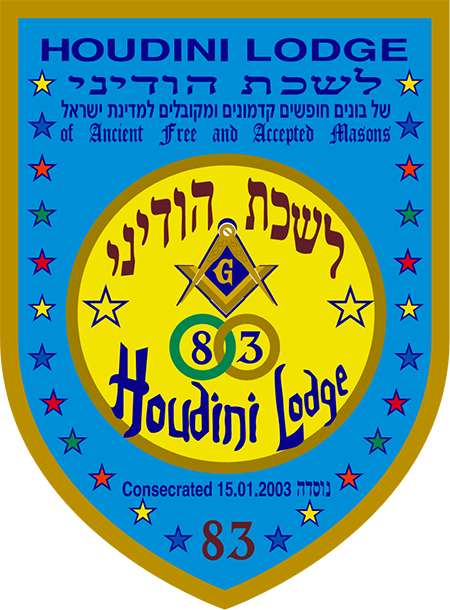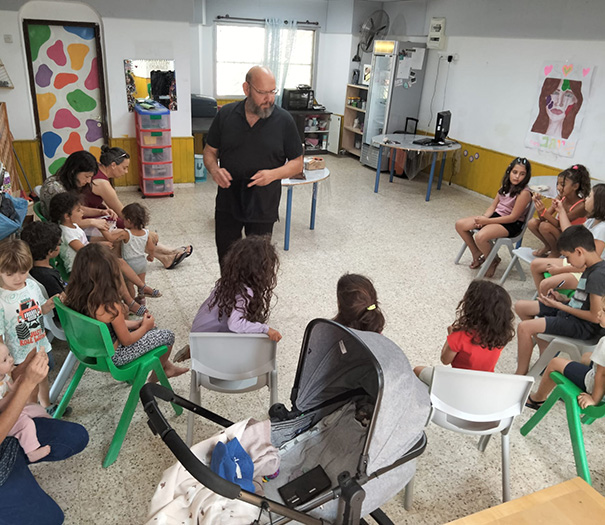With the decline of cathedral building, some lodges of operative (working) masons began to accept honorary members to bolster their declining membership.
From a few of these lodges developed modern symbolic or speculative Freemasonry, which particularly in the 17th and 18th centuries adopted the rites and trappings of ancient religious orders and of chivalric brotherhoods. In 1717 the first Grand Lodge, an association of lodges, was founded in England.
Freemasonry has, almost from its inception, encountered considerable opposition from organized religion, especially from the Roman Catholic Church, and from various states. Freemasonry is not a Christian institution, though it has often been mistaken for such. Freemasonry contains many of the elements of a religion; its teachings enjoin morality, charity, and obedience to the law of the land.
In most traditions, the applicant for admission is required to be an adult male, and all applicants must also believe in the existence of a Supreme Being and in the immortality of the soul. In practice, some lodges have been charged with prejudice against Jews, Catholics, and nonwhites. Generally, Freemasonry in Latin countries has attracted those who question religious dogma or who oppose the clergy (see anticlericalism), whereas in the Anglo-Saxon countries the membership is drawn largely from among white Protestants. The modern French tradition, founded in the 19th century and known as Co-Freemasonry or Le Droit Humain, admits both women and men.
In most lodges in most countries, Freemasons are divided into three major degrees—entered apprentice, fellow of the craft, and master mason. In many lodges there are numerous degrees—sometimes as many as a thousand—superimposed on the three major divisions; these organizational features are not uniform from country to country.
In addition to the main bodies of Freemasonry derived from the British tradition, there are also a number of appendant groups that are primarily social or recreational in character, having no official standing in Freemasonry but drawing their membership from the higher degrees of the society. They are especially prevalent in the United States. Among those known for their charitable work are the Ancient Arabic Order of the Nobles of the Mystic Shrine (the “Shriners”). In Britain and certain other countries there are separate lodges restricted to women. In addition, female relatives of master masons may join the Order of the Eastern Star, which is open to both women and men; boys may join the Order of DeMolay or the Order of the Builders; and girls may join the Order of Job’s Daughters or the Order of the Rainbow. English Masons are forbidden to affiliate with any of the recreational organizations or quasi-Masonic societies, on pain of suspension.




